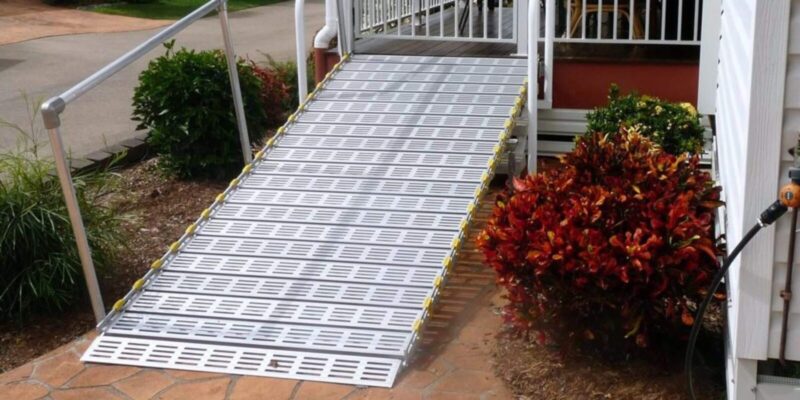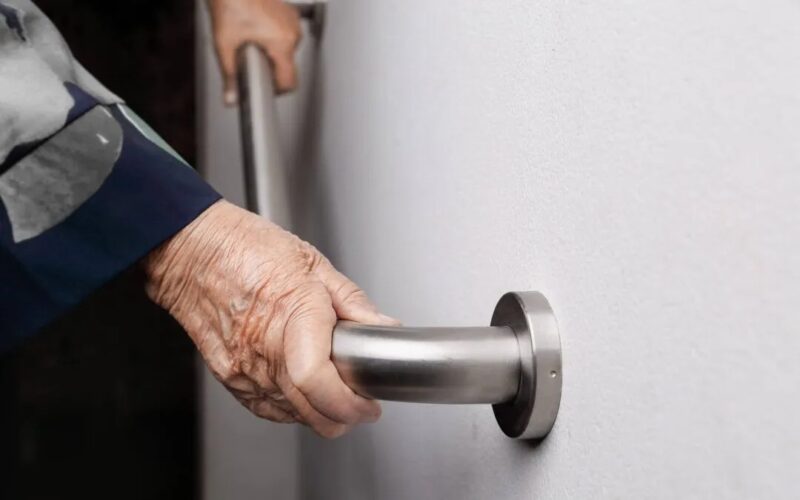Temporary changes in health can quickly shift daily routines. When someone close to you needs care for a few weeks or months, your home often becomes the centre of support. While it doesn’t always make sense to invest in major renovations, there are plenty of practical adjustments that can improve access, safety, and comfort during these times.
Small details make a difference. From layout changes to short-term transport options, planning ahead means you can focus more on care and less on daily inconvenience.
Setting Up the Home for Comfort and Mobility

A safe, comfortable environment begins with thoughtful arrangement. If a loved one has limited movement or uses a wheelchair, create more space in key areas. Moving furniture away from doorways and walkways helps with free movement. Aim for wide, clear paths between rooms, especially where a frame or mobility aid is needed.
If stairs are challenging, consider setting up a temporary bedroom on the ground floor. A living room or dining area might have a portable bed and privacy screen. Try to position it near a bathroom or where you can easily install temporary support equipment.
Bathroom access is another key consideration. Simple additions like non-slip mats, a shower chair, or suction grab rails can make personal care safer without needing major alterations. These items are often available to hire or borrow, especially through community health services or equipment hire outlets.
Thinking Beyond the House: Transport that Works
Care doesn’t stop at the front door. Hospital check-ups, physio appointments or family outings all require reliable and accessible transport. Many households face a gap in suitable vehicles when mobility becomes a short-term consideration.
Taxis aren’t always practical, especially when the person in care needs specific space or seating support. Public transport brings its own set of challenges. In many cases, arranging disabled care hire becomes a simpler and less stressful option.
Specialist vehicle hire services now offer a wide range of mobility vehicles that suit different needs.
Whether you need to carry one wheelchair or accommodate a larger group, short-term hire helps fill the gap without long commitments.
Features such as lowered floors, ramps and secure wheelchair tie-downs are often included as standard.
During temporary care situations, many families turn to flexible wheelchair accessible vehicle hire options to avoid the strain of juggling transport limitations.
Hiring gives you the chance to test what works best while covering the essential journeys.
Before arranging a hire, check vehicle specifications, passenger capacity and return conditions. It’s worth asking whether delivery and collection are included, especially if mobility restrictions apply at both ends.
Planning for Guests with Temporary Needs

Not every care situation involves someone already living in your home. Sometimes, guests arrive for a few weeks due to an operation, illness or temporary disability. Preparing your space to support their stay shows respect for their needs and helps them feel more comfortable.
Here are a few small but meaningful changes that can improve your guest’s experience:
- Install portable ramps or provide temporary step solutions for easier access from outside.
- Clear hallways and doorways to allow smooth passage, especially with mobility aids.
- Set up a ground-floor sleeping area with proximity to the bathroom.
- Provide temporary support tools like bed rails, raised toilet seats, or shower stools—often available for short-term hire.
- Reorganize the kitchen so essential items are reachable from a seated position.
- Add soft lighting and adjustable pillows to enhance comfort during rest or reading.
Meal preparation can be another challenge. Rearranging kitchen items to allow seated access, lowering kettle stations, or moving everyday items within reach can make a big difference.
Depending on the reason for the visit, wheelchair accessible vehicle hire might be helpful during the stay. This could apply if your guest receives treatment, sees specialists, or simply wants to get out for fresh air.
When Temporary Becomes Longer-Term

Some care situations stretch out over time. What was once a short recovery can turn into a gradual adjustment to changing needs. If your home setup is starting to feel permanent, that may be a sign to look at more durable solutions.
Start with a review. What temporary features are working well? Which ones cause frustration or need daily adjustment? This gives you a starting point to consider semi-permanent upgrades.
Fixed grab rails, stairlifts or permanent ramps may now be worthwhile. At the same time, transport options may shift too.
Hiring a mobility vehicle for the short term often leads families to explore longer-term solutions once they understand what’s useful and practical.
Keep the person receiving care involved in these discussions. Their comfort and autonomy matter just as much as functionality.
Small changes like adjustable beds, voice-controlled lighting or wider doorways can significantly improve day-to-day life.
When care needs arise suddenly, it’s easy to feel overwhelmed. But with a thoughtful approach, your home can support comfort, dignity and daily ease for the person in care and everyone else living there. Planning around temporary needs gives you time and space to assess whether more permanent changes are needed. Focus on what helps most today, and adjust from there.
Conclusion
Short-term care needs can feel overwhelming at first, but your home doesn’t need a full remodel to become a more supportive environment.
Often, it’s the thoughtful, temporary changes—wider walkways, portable equipment, rearranged furniture, or rented transport—that make the biggest impact.
These adjustments help ease the daily routine, support independence, and reduce the physical and emotional strain on both the caregiver and the person receiving care.
And if the situation starts to extend beyond the short term, these same changes can serve as a foundation for more permanent upgrades—without rushing into decisions too early.
The key is staying flexible and responsive. With a little planning, your home can become a space that offers safety, dignity, and comfort, no matter how long care is needed.


